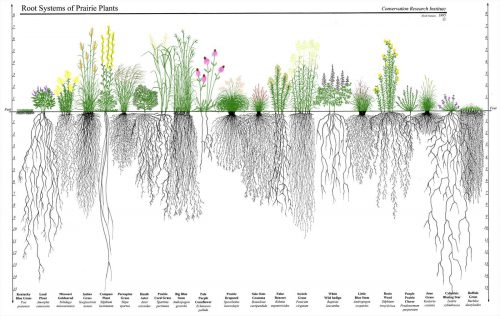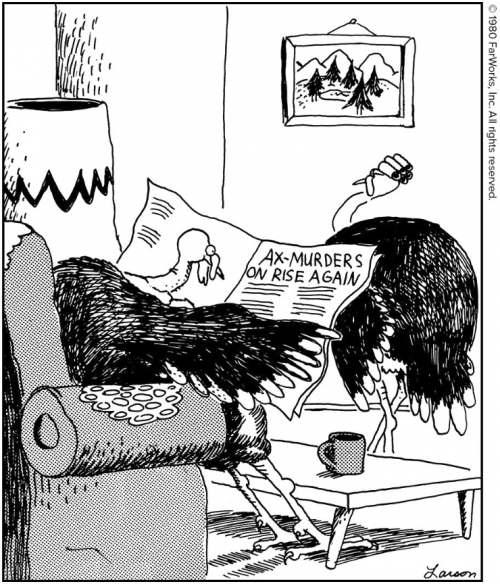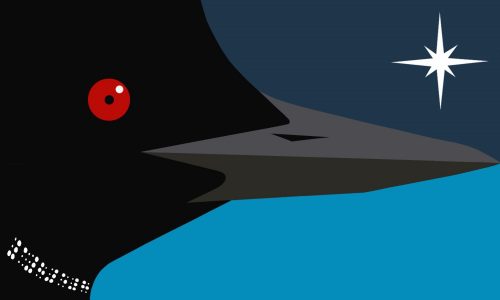I got up at 4:30am, went straight to work and hammered out the exam & exam key for my students, and prepped my lecture for today. I was on fire, gettin’ stuff done, and then I made coffee and decided to whip up a breakfast burrito, as one does.
I am out of hot sauce.
What is the point of our existence anyway? Nothing matters. We come from the void, we go into the void. Why did I get out of bed? Why am I here? There is nothingness all around me.












